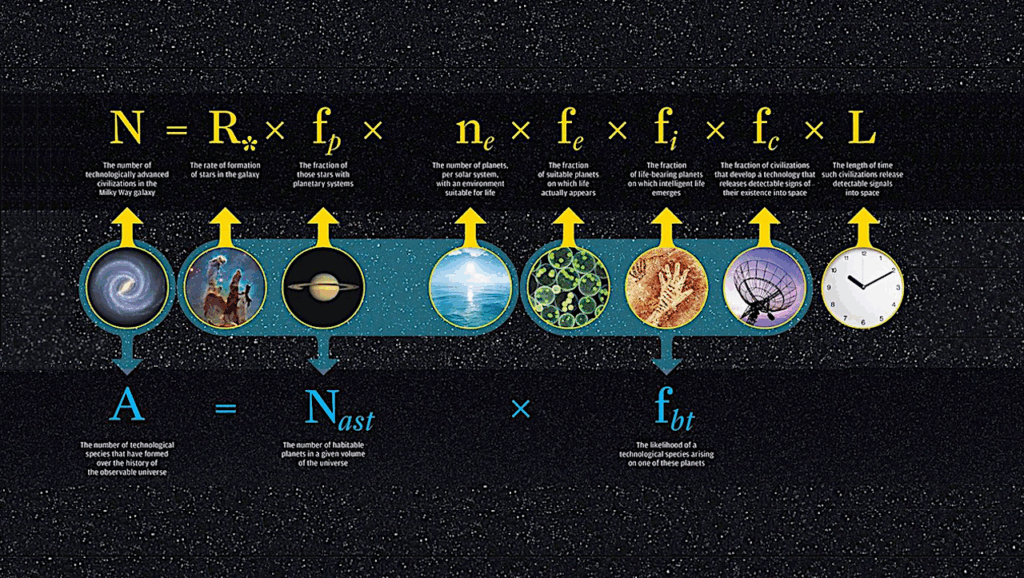Mathematical Encoding Within Multi-resonant Planetary Systems As SETI Beacons

How might an advanced alien civilization manipulate the orbits within a planetary system to create a durable signpost that communicates its existence?
While it is still debated whether such a purposeful advertisement would be prudent and wise, we propose that mean-motion resonances between neighboring planets — with orbital periods that form integer ratios — could in principle be used to encode simple sequences that one would not expect to form in nature. In this Letter we build four multi-resonant planetary systems and test their long-term orbital stability. The four systems each contain 6 or 7 planets and consist of: (i) consecutive integers from 1 to 6; (ii) prime numbers from 2 to 11; (iii) the Fibonacci sequence from 1 to 13; and (iv) the Lazy Caterer sequence from 1 to 16.
We built each system using N-body simulations with artificial migration forces. We evaluated the stability of each system over the full 10 Gyr integration of the Sun’s main sequence phase. We then tested the stability of these systems for an additional 10 Gyr, during and after post-main sequence evolution of the central stars (assumed to be Sun-like) to their final, white dwarf phase. The only system that was destabilized was the consecutive integer sequence (system i). The other three sequences therefore represent potential SETI beacons.
Matthew S. Clement, Sean N. Raymond, Dimitri Veras, David Kipping
Comments: 6 pages, 2 figures, 1 table, accepted for publication in MRNAS
Subjects: Earth and Planetary Astrophysics (astro-ph.EP); Popular Physics (physics.pop-ph)
Cite as: arXiv:2204.14259 [astro-ph.EP] (or arXiv:2204.14259v1 [astro-ph.EP] for this version)
Submission history
From: Matthew Clement
[v1] Fri, 29 Apr 2022 17:36:13 UTC (3,218 KB)
https://arxiv.org/abs/2204.14259
Astrobiology, SETI








